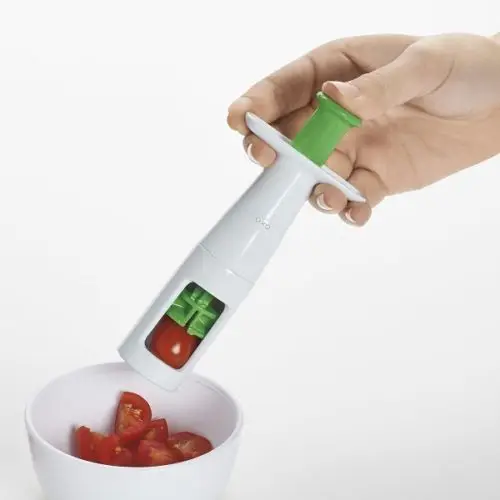


The most critical period for controlling grape diseases with fungicides Phase Two (late season): three to four weeks after bloom through harvest.Phase One (early season): one to three-inch growth to four weeks after bloom.Generally, there are two phases for fungicide applications for grape diseases: For this report, we will focus on Phomopsis cane and leaf spot, black rot and powdery and downy mildew. This misunderstanding may lead to applying fungicide products at a rate and time that may reduce the efficacy of those products. However, the rate (amount/unit area), timing (based on phenological stages of grapevines) of fungicide applications and environmental conditions required for various grapevine diseases can be easily misunderstood.

Managing early season grapevine diseases is critical for successful grape and wine production. It may be wise to treat a smaller area or use lesser rates until you feel confident avoiding any phytotoxicity issues. For more information on dormant season grapevine fungicide applications, please see this article.Īfter applying dormant sprays, it is important to prepare for early-season spray applications beginning after bud break. When applying these sprays for the first time, follow all the label directions. Dormant sprays of lime sulfur and Bordeaux mixture, copper and lime, are commonly applied. for Phomopsis, powdery mildew, black rot and anthracnose). Research has shown that these applications can reduce pathogen inoculum by roughly 30 to 50 percent (e.g. Prior to the bud break stage, sometimes called bud burst, it is important to conduct dormant fungicide applications to reduce disease pressure.
#Copper grape peeler how to
For more information on how to adjust pruning to various levels of cold damage, please see Assessing and Managing Grapevines in Response to Winter Injury. Although there have not been widespread reports of serious bud cold damage, assessment of bud cold damage is still recommended by Michigan State University Extension to guide pruning decisions. Depending on spring heat unit accumulation, bud break is expected to occur in approximately two to three weeks, in mid-May. With relatively cool temperatures and unseasonable snow events in early April slowing normal vineyard operations in Northwest Michigan, the race is on for vineyard managers to complete pruning and tying of grapevines prior to bud break.


 0 kommentar(er)
0 kommentar(er)
